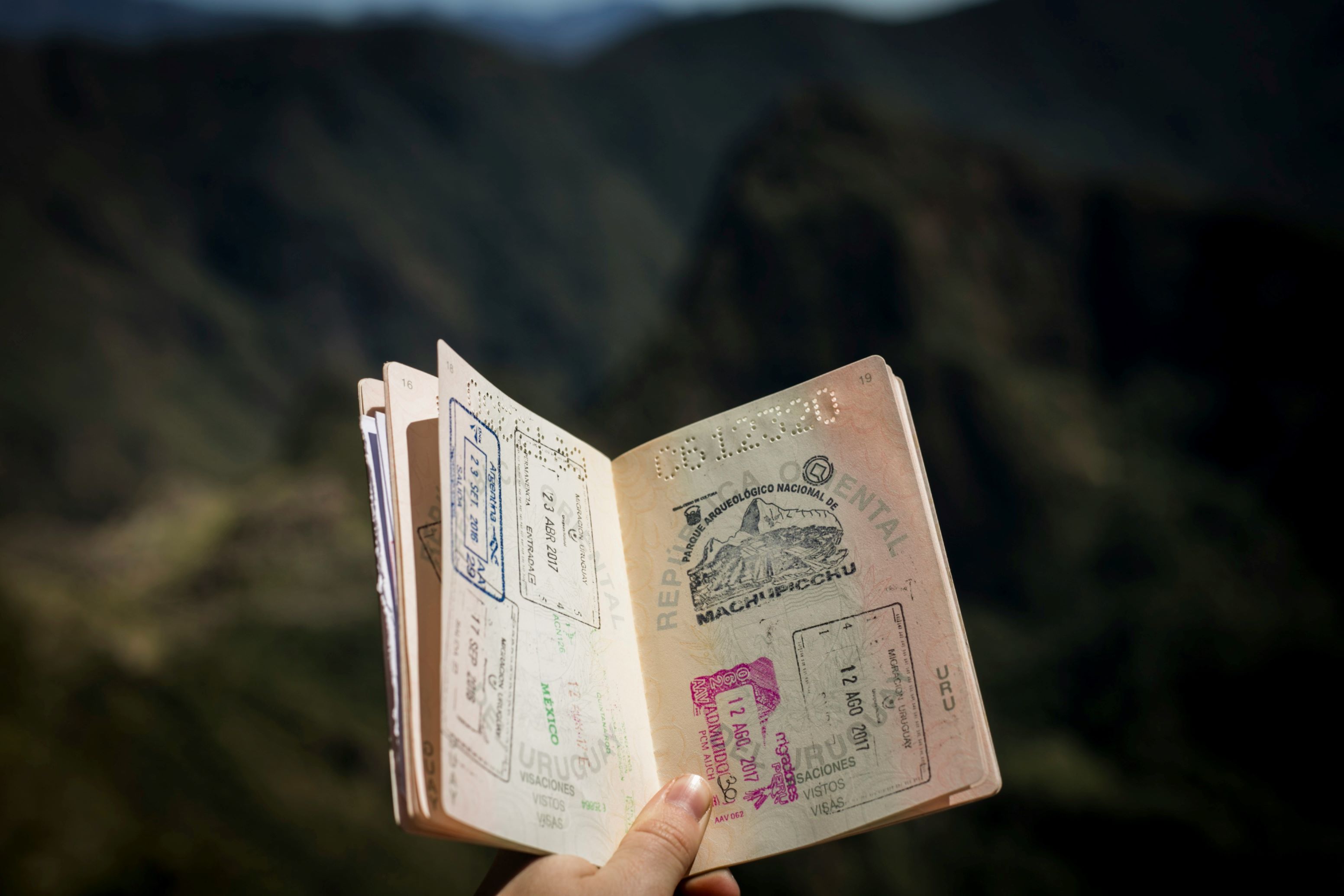Sun, Sand, and Siestas: Planning Your Move from the USA to Mexico
The lure of Mexican sunsets, the gentle lapping of the Pacific, the tradition-filled streets of colonial towns, for many Americans, relocating to Mexico feels like a natural progression of a love affair with its culture and landscapes. But before you kick back in a hammock, there are key steps to consider when making the move. Follow these steps to make your move as easy as possible:
Step 1: Research and destination selection
Step 2: Navigating the visa process
Step 3: Preparing for the move
Step 4: Integrating into mexican culture
Paciencia pays off
Step 1: Research and destination selection

Your first order of business is to decide where in Mexico you want to call home. Each region offers unique Mexican cities- the historic charms of Mexico City, the expat-friendly Yucatan Peninsula with Playa del Carmen, the laid-back lifestyle of Baja California, with charming cities like Puerto vallarta or the retirement oasis of San Miguel de Allende, but also look at other Mexican cities. When doing your research, consider:
Lifestyle and community
Are you drawn to the quiet simplicity of a small town, or the thriving buzz of a metropolis? Research expat communities and how conducive they are to your lifestyle. It's always a good idea to visit the country before your move, so visit Mexico, get a good feel for the country or you can even visit Puerto Vallarta, Mexico City or any other desired place.
Cost of living
Mexico is cheaper than many parts of the USA, but it varies greatly by location. Cost out your potential monthly expenses, including healthcare, groceries, and utilities, to prepare your Mexico budget. Moving your car can take a while, so also budget for rental cars, and other necessities.
Legalities and real estate
Understand Mexican property laws, and consider renting for a time before buying to get a feel for the market. In the next section were going to be taking a look into visa requirements and any special regulations for foreigners owning property.
Step 2: Navigating the visa process

Unless you plan on making regular runs across the border, you’ll need the right visa to stay in Mexico long-term. Types of visas include:
Temporary resident visa
Good for up to four years, this visa requires proof of income or an offer of employment, as well as a Mexican bank account with a minimum monthly balance. These can also be requested at the Mexican consulate, which are located all throughout the USA.
Permanent resident visa
Available to those who qualify by age (over 50) or can show a higher level of income or savings, this visa offers the freedom to work or live without the need to renew.
Work visa
For those wanting to work or start a business in Mexico. It involves a more complex application process and may require a job offer or business plan.
Ensure you have all necessary documents and applications in order, and consider enlisting the help of a professional, particularly if your Spanish isn’t fluent.
Step 3: Preparing for the move

The practicalities of leaving one country for another can seem intimidating. Break it down into manageable tasks:
Shipping your belongings
When planning an international move, it's crucial to decide what items to take with you and what to leave behind. Given that international moving services can come with a hefty price tag, it’s wise to carefully weigh your options. Evaluate the necessity and sentimental value of your belongings to make informed decisions that balance cost and personal importance.
Choosing a moving company
Finding the right moving company is a vital part of your relocation process. Opt for those experienced in international moves and familiar with both US and Mexican regulations. It's best if they have experience from the pacific coast to the rural areas of Mexico to ensure success. To begin, search online for companies with positive reviews and a strong presence in the industry.
Additionally, recommendations from friends or family who've made similar moves can be invaluable. Ensure you obtain multiple quotes to compare services and prices.
Key considerations should include the company's insurance policies, their process for handling customs clearance, and their ability to provide detailed tracking of your shipment. It's also wise to check their accreditation with relevant bodies like the American Moving and Storage Association or international equivalents to ensure reliability and professionalism.
Managing your finances
Begin the process of setting up a bank account in Mexico and actively seek out the expertise of a financial advisor. Doing so will help you to fully grasp any tax implications that come with banking in a new country, ensuring that you remain compliant with local regulations while managing your finances effectively.
Moving with pets
Before traveling to Mexico with your pets, it's crucial to thoroughly research the country's pet regulations. Ensure your furry companions are up to date with all necessary vaccinations required by Mexican authorities. Additionally, gather and organize all the required paperwork to ensure a smooth entry process for your pets. This preparation will help avoid any complications or delays during your travels.
Step 4: Integrating into mexican culture

Transitioning to a new culture isn’t just about logistical moves; it's about preparing to absorb and participate in a whole new way of life:
Learning the language and culture
Even basic Spanish skills will make everyday life much smoother. Immerse yourself in language courses and local traditions to ease the adjustment period, the Mexican culture can be beautiful. So try to speak Spanish even before you move, and of course enjoy the Mexican food.
Building a social network
Expats and locals, not only in Mexico, but throughout Latin America alike can be a source of support and friendship. Join local clubs, attend language interchanges, or get involved in community events in the region.
Navigating bureaucracy
Expect some bureaucratic hoops to jump through, and be patient. Having a local friend or mentor can make the process much less stressful, so visiting Mexico even before you move is never a bad idea.
Paciencia pays off
Ultimately, moving to Mexico requires preparation, patience, and a willingness to adapt. By following these steps and staying flexible, you'll be well on your way to enjoying the sun, sand, and siestas that have drawn you there.
Start now
More like this









